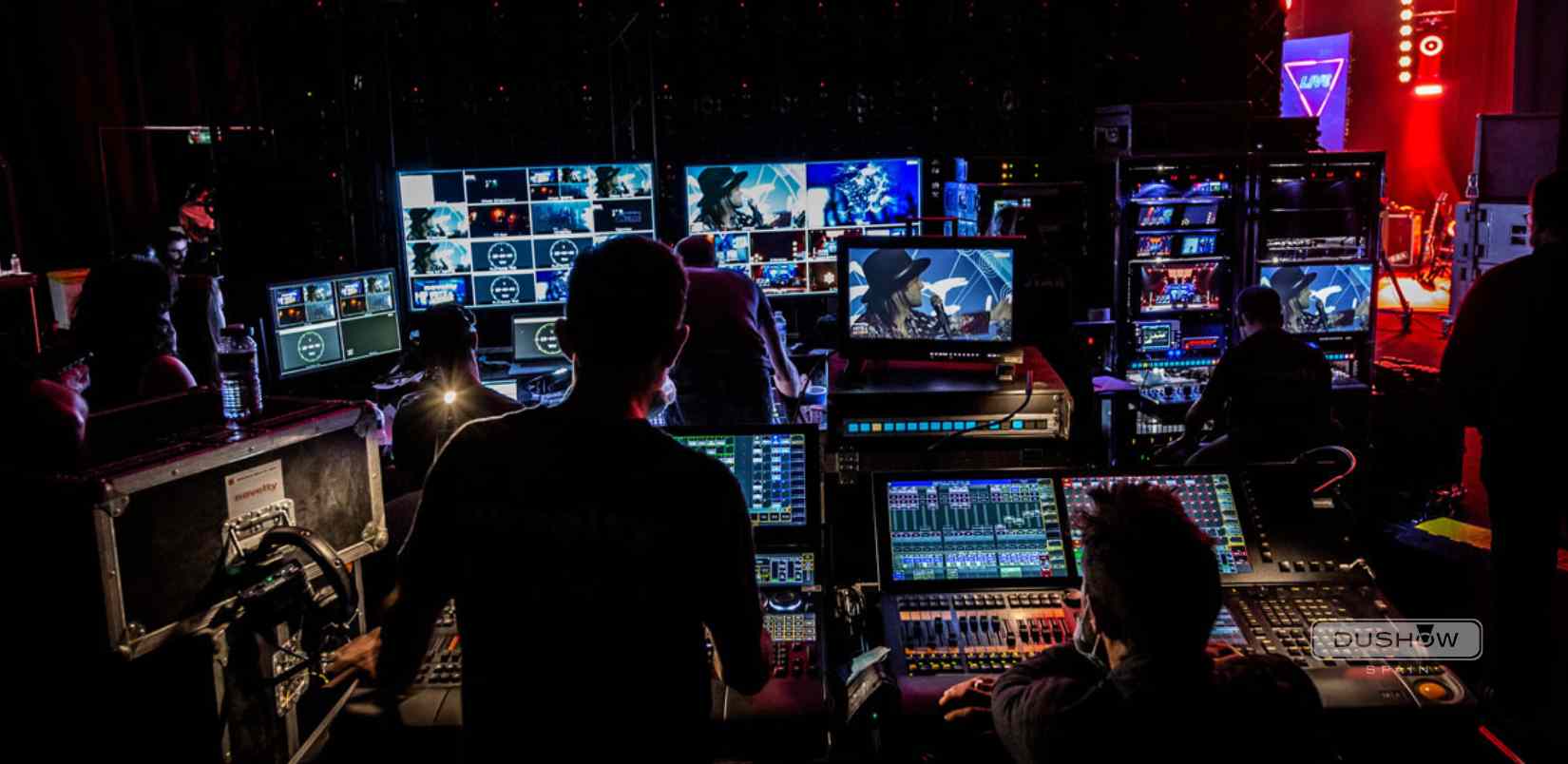How Production Firms Change Concepts Into Compelling Visuals
The procedure by which manufacturing business transform abstract ideas right into compelling visuals is both elaborate and methodical, starting with the vital phases of ideation and manuscript advancement. As the task proceeds with pre-production, production, and post-production, each phase needs cautious attention to information and alignment of imaginative aspects.
Recognizing the Creative Process
While the creative procedure might vary dramatically from one manufacturing business to one more, it typically entails an organized method that stabilizes artistic vision with sensible implementation. Initially, the process begins with ideation, where principles are conceptualized and fine-tuned. Throughout this stage, imaginative teams participate in discussions that explore themes, narratives, and aesthetic designs, making certain that the core message lines up with the intended target market.
Complying with ideation, the advancement stage takes center phase, where scripts, storyboards, and shot lists are thoroughly crafted. This phase is crucial as it converts abstract ideas into substantial plans, helping with a smoother production procedure. The imaginative team collaborates very closely, ensuring that every aspect, from casting to location hunting, mirrors the artistic intent.
Post-production additionally fine-tunes the visuals and noise, culminating in a polished final item that reverberates with the audience. Hence, recognizing this organized imaginative process is essential for appreciating how production business transform principles into engaging visuals.

The Duty of Collaboration
Exactly how does collaboration improve the creative output of manufacturing firms? At its core, collaboration is a vital driver that fosters development and creative thinking within the manufacturing landscape.

In addition, partnership encourages open interaction, which is essential for browsing the complexities of manufacturing. It cultivates an atmosphere where feedback is valued, permitting for iterative improvements and modifications that boost the final item. Inevitably, the joint spirit within production firms serves to transform initial principles into compelling visuals that captivate audiences, enhancing the significance of synergy in accomplishing creative quality.
Pre-Production Fundamentals
Pre-production is a critical stage in the filmmaking procedure, frequently including 5 vital steps that lay the foundation for an effective manufacturing. The very first step entails manuscript development, where the movie script is refined, ensuring that the story is cohesive and compelling. This is complied with by budgeting, which establishes the monetary framework for the project, recognizing essential expenses connected to cast, team, places, and tools.
The third action is casting, a crucial process that includes choosing the ideal stars to portray the characters authentically. A well-cast film can considerably enhance the story's effect. Next, location hunting is performed to locate suitable shooting websites that straighten with the vision of the task, taking into consideration logistical variables such as access and authorizations.
Recording the Vision in Production
In the vibrant atmosphere of a film set, recording the vision in production requires meticulous coordination and cooperation among all divisions. Each group, from cinematography to art instructions, plays a crucial function in equating the screenplay find more info into visual imagery that resonates with target markets. The supervisor's vision need to be effectively connected to make sure that every shot, angle, and illumination selection straightens with internet the overarching story.
Cinematographers are charged with picking video camera equipment and lenses that ideal communicate the story's tone, while manufacturing designers develop immersive settings that boost the aesthetic experience. Wardrobe and makeup groups add by forming characters via their appearance, reinforcing the narrative's motifs.
Sound layout and songs additionally match the visuals, developing emotional context and heightening audience involvement. Daily sychronisation conferences and on-set interaction networks facilitate real-time modifications, guaranteeing that any creative nuances are recorded as they occur.
Eventually, catching the vision in manufacturing is about integrating these diverse components to produce a cohesive and engaging visual story. The joint effort not only brings the manuscript to life yet additionally lays the foundation for a powerful cinematic experience.
Post-Production: Refining the Last Item
Post-production plays a crucial function in refining the end product, transforming the raw footage captured throughout production right into a polished cinematic experience (production companies nashville tn). This phase encompasses numerous essential processes, including find more info modifying, audio design, shade correction, and aesthetic effects, each adding to the overall narrative and emotional influence of the movie

Audio design is equally crucial, involving the addition of dialogue, audio results, and atmospheric audios that improve the seeing experience - production companies nashville tn. The mindful layering of audio components aids immerse the audience in the story world
Shade improvement further improves aesthetic appeal, changing colors and contrasts to develop a natural visual that lines up with the movie's state of mind. This action makes certain that each framework resonates mentally with customers.
Final Thought
Finally, the transformation of concepts into compelling visuals necessitates an organized and collective technique within manufacturing firms. By prioritizing communication and coordination throughout the imaginative procedure-- from ideation and pre-production to production and post-production-- these business effectively line up different creative components with the story. This careful method not only enhances storytelling but also astounds audiences, inevitably leading to immersive and appealing cinematic experiences that reverberate deeply with customers.